http://www.wildbirdseeds.co.uk/lincs/index.php/whats-that-bird-mainmenu-7/26-bullfinch#sigProId7c9ba9e97e
Identification
The bright red underparts of a male Bullfinch can provide a rare splash of colour on a grey winter's day but their habit of destroying fruit-tree buds means they are not universally popular. Bullfinches are big, fat finches which can be most easily identified by their neat, jet black caps or their obvious square white rumps, as if the base of the tail has been wrapped in white bandage. Females are browner than males, lacking the red front and grey back. Juveniles lack the black cap but can still be told by their fat, bull-necked appearance and short but very deep black bill, as well as the conclusive white rump.
Habitat
Breeds and winters in orchards, parks, woodlands and scrub.
Behaviour
Bullfinches hardly ever sing. Or at least, they hardly ever sing in Britain and yet on a recent trip to Finland I heard at least five singing Bullfinches, more than in a lifetime in this country.
Migration
Birds in south and west Europe are sedentary, rarely moving more than a few kilometres from their breeding sites. Birds are partly nomadic, staying for long periods if they find a good food source, but then moving, perhaps for several kilometres, to find another good supply. Birds from further north are migratory; some Scandinavia birds occur in autumn on the east coast of Britain.
For more details click here
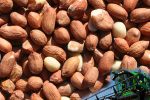

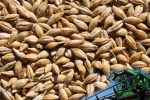
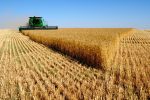
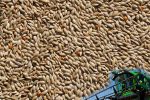

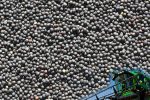


 What you feed is very important, there is a huge range of products you can feed
What you feed is very important, there is a huge range of products you can feed